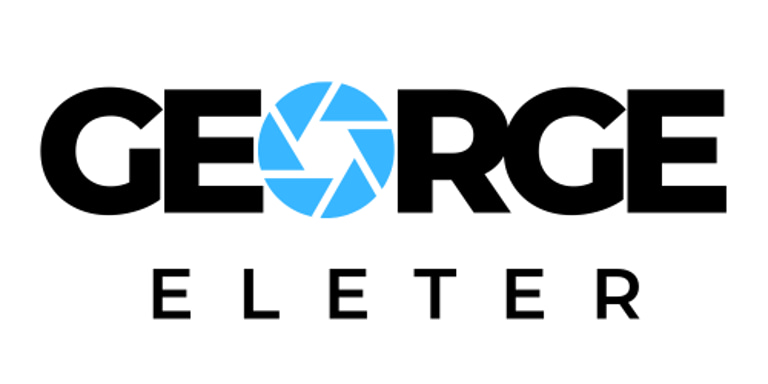Capturing Air and Attitude: George Eleter's Guide to BMX Photography
In the dynamic world of BMX, where athletes soar through the air performing breathtaking stunts, George Eleter has made a name for himself as a premier photographer.
George Eleter
3/21/20242 min read


With his deep understanding of motion and emotion, George captures the essence of BMX culture, showcasing the talent and spirit of its athletes. Here, he shares his expertise on the challenges, rewards, equipment, and techniques crucial for mastering BMX photography.
The Thrills and Challenges with George Eleter
Fast-Paced Action: "BMX is incredibly fast-paced," George states. "Capturing sharp, clear images of riders mid-stunt requires anticipation and quick reflexes."
Low Light Conditions: Many BMX events occur indoors or during the evening. "Dealing with low light while trying to freeze motion is one of the biggest challenges," he notes.
Finding Unique Angles: "To truly capture the spirit of BMX, you need to look for unique angles and perspectives. It's about showing the world through the rider's eyes," George explains.
The Rewards Through George's Lens
The Energy: "There's an electric energy at BMX events. Capturing that vibe, the connection between the riders and their audience, is incredibly rewarding," says George.
The Creativity: "BMX is not just about the tricks; it's about the creativity and style each rider brings. Photography lets you celebrate that uniqueness."
Community and Stories: "The BMX community is tight-knit. Being a part of it, sharing their stories, and showcasing their achievements is a privilege," George reflects.
Equipment Essentials According to George Eleter
Camera: "A camera with fast autofocus and a high frame rate is crucial. It helps you keep up with the action."
Lenses: "I use a variety of lenses, but a fast prime lens is invaluable for indoor events. It allows you to capture sharp images in lower light."
Flash: "A good flash can freeze motion in low light conditions. Just be sure it's allowed at the event and won't distract the riders."
Accessories: "Always have extra batteries and memory cards. BMX photography is intense, and you don't want to miss a moment."
Techniques from the Track
Shutter Speed: "A fast shutter speed is key. I aim for at least 1/1000th of a second to freeze the action," George advises.
Aperture and ISO: "A wide aperture helps isolate the rider from the background. Don't be afraid to increase the ISO in low light conditions; modern cameras handle noise well."
Composition: "Pay attention to the background. A cluttered background can distract from the action. Also, try to capture the rider's facial expressions and emotions."
Engage with the Community: "Understanding BMX culture and building relationships with the riders can give you insight into when and where the best action will happen," George suggests.
FAQs with George Eleter
How Do You Stay Safe While Shooting BMX? "Always be aware of your surroundings. Know the track and the riders' paths. Safety for yourself and the riders is paramount."
Best Way to Capture Motion Blur? "To add a sense of speed, you can experiment with slower shutter speeds while panning with the rider. It requires practice but can produce stunning results."
Tips for Shooting BMX at Night? "Use a flash to freeze the action, and try different angles to capture the lights and atmosphere of the event."
How to Improve BMX Photography? "Spend time with BMX riders, learn about the sport, and practice as much as possible. Every event is an opportunity to learn and improve," George concludes.
Through George Eleter's guidance, BMX photography is revealed as an art form that demands not only technical skill but also a deep connection with the BMX community. His insights offer aspiring photographers a foundation to start capturing the exhilarating world of BMX, celebrating its athletes, culture, and raw energy.
Please find out more in our Extreme Photography Blog Articles by George Eleter


